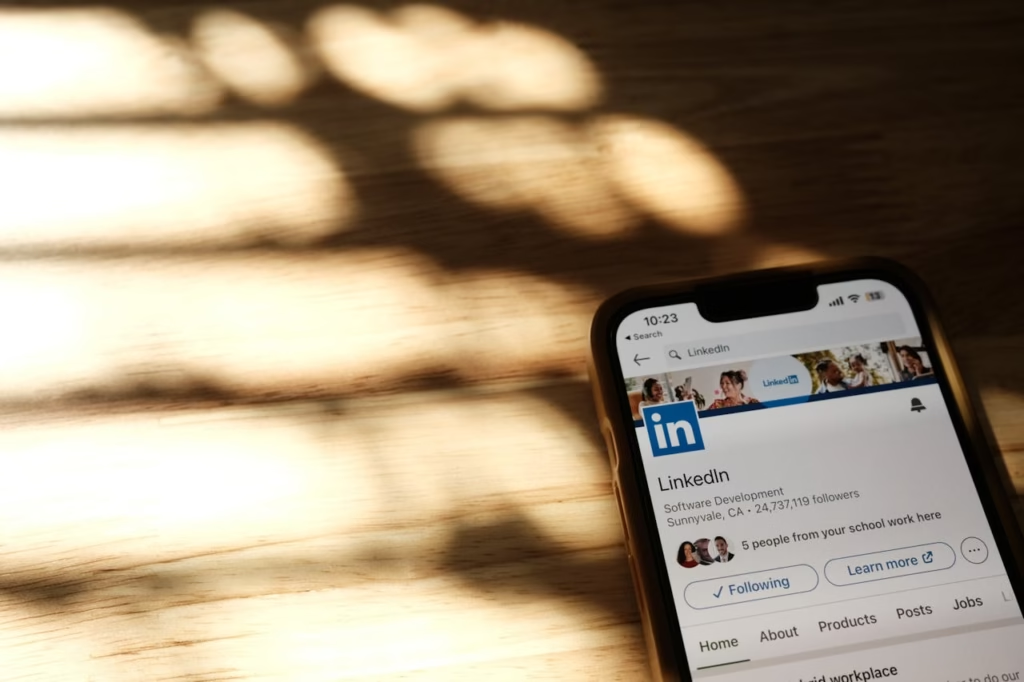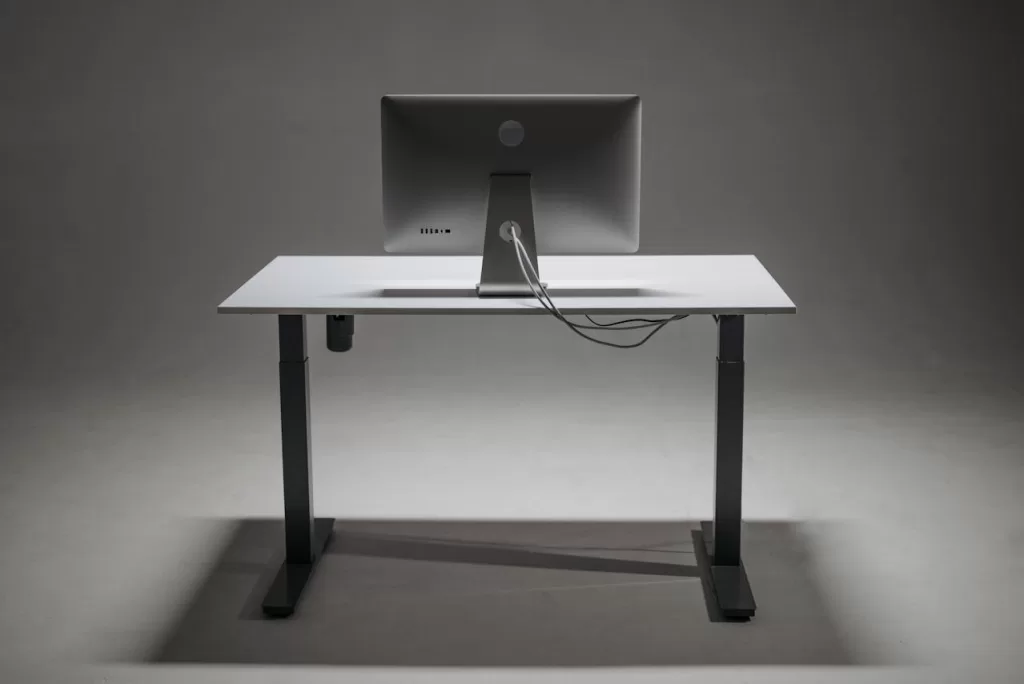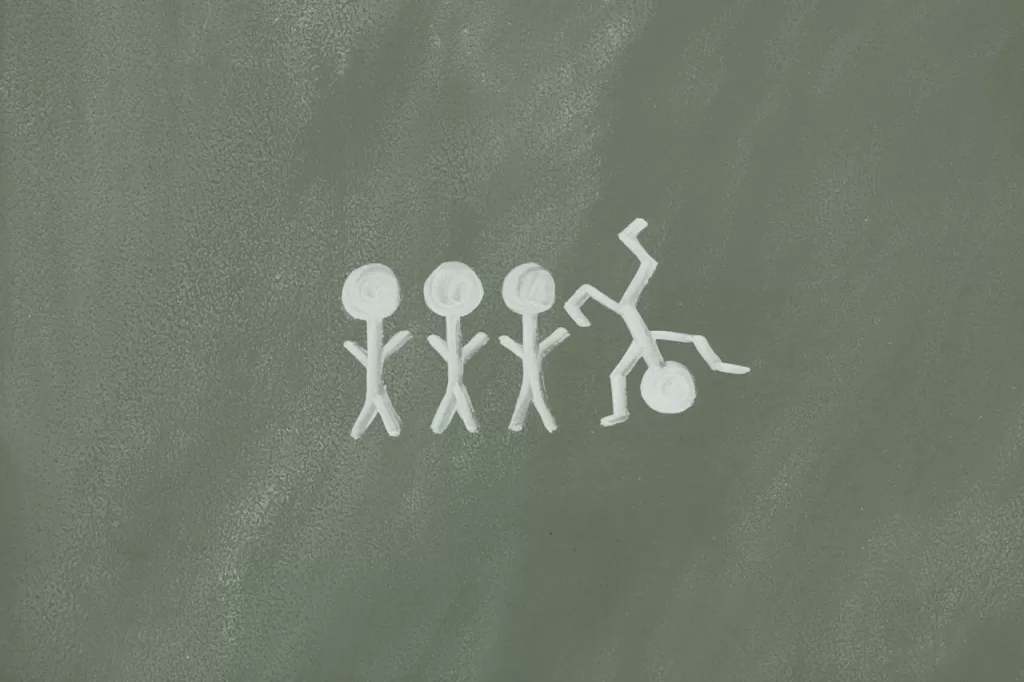For many, LinkedIn tends to come into focus only when a change is on the cards.
You’re between roles. Considering a move. Or perhaps someone’s suggested it’s time to “put yourself out there.”
So you update your job title, tweak a few lines in your summary, maybe even turn on “Open to Work”. And then, once the dust has settled, you quietly slip back into the background.
It’s a familiar cycle. But LinkedIn isn’t just for those seeking their next role. It’s become the first place people go when they want to get a sense of who you are professionally, whether you’re looking or not.
And in that sense, maintaining your visibility isn’t about job hunting. It’s about staying relevant.
Most First Impressions Now Happen Online
A colleague mentions your name. Someone spots your comment on a post. A client forwards your profile to a teammate.
What’s the next step?
They look you up on LinkedIn.
Not necessarily because they’re vetting you, but because they want to know more. Are you credible in this space? What kind of work do you do? Do we have common ground or common connections?
You’ve likely done it yourself. A quick search. A scroll. A sense formed in a matter of seconds.
If your profile is sparse, dated or doesn’t reflect who you are today, that moment may pass, and so too might an opportunity you didn’t even know existed.
Relevance Is Ongoing
It’s easy to fall into the trap of thinking, “I’ll sort my LinkedIn profile out when I need to.”
But relevance isn’t something you switch on at will. It’s something that’s quietly observed over time.
Unlike a CV, which you might update only now and then, your LinkedIn profile is visible to others all the time. It’s working on your behalf, even when you’re not thinking about it.
In client-facing roles, consultancy, or leadership positions, your profile doesn’t just represent you. It can also reflect the business you’re part of and the values you bring to your work.
Keeping it current isn’t about self-promotion. It’s about professional pride.
Who’s Looking? And Why It Matters

You might be surprised at the breadth of people who look you up on LinkedIn without ever reaching out:
-
- A prospective client doing quiet due diligence
-
- A former colleague wondering whether to recommend you for a panel or project
-
- A team member trying to better understand your background
-
- A recruiter mapping the market, not for a job today, but for the months ahead
In each of these instances, a well-maintained profile can make a difference. It helps others understand your perspective, your credibility, and how you might fit into something broader.
And you really don’t need to be “on the market” for any of it to matter.
What a Considered Profile Looks Like
You don’t need to post regularly or become a so-called ‘thought leader’. But your presence should feel accurate, thoughtful and true to where you are now.
A few simple checks:
-
- Headline
Go beyond your current title. Think about how you’d like to be known, your focus area, your strengths, your industry.
- Headline
-
- About section
A brief, well-written summary that gives a sense of your work, what motivates you, and what others might come to you for.
- About section
-
- Experience
Include a sentence or two about your current role. What are you working on? Where do you add value?
- Experience
-
- Profile photo and banner
A professional image and a clean background banner help set the tone. Small details, but they carry weight.
- Profile photo and banner
-
- Activity
You don’t need to be prolific. But the occasional comment, share or thoughtful post shows you’re engaged.
- Activity
This isn’t about drawing attention for the sake of it. It’s about making sure that when someone does pause to learn more about you, they get the right picture.
Look Ahead
We’re working in an era where professional visibility matters, quietly but consistently.
It’s not just about landing a role or winning new work. It’s about contributing to the shape of your sector. About being part of the wider conversation. About being seen as someone worth listening to, even before you’re needed.
And when that next opportunity does come, be it a collaboration, an advisory role, or a conversation you hadn’t expected, you’ll already be in a position to meet it, without scrambling to update the basics.
So no, you don’t need to be looking for a job, but if you’re visible, relevant, and discoverable, you’re already doing more than most.
Because being visible isn’t about job hunting, it’s about staying relevant.
![The [RE]Search Co.](https://re-search.co/wp-content/uploads/2025/02/The-RE-Search-Co-Orange_Grey-png-350x51.avif)












